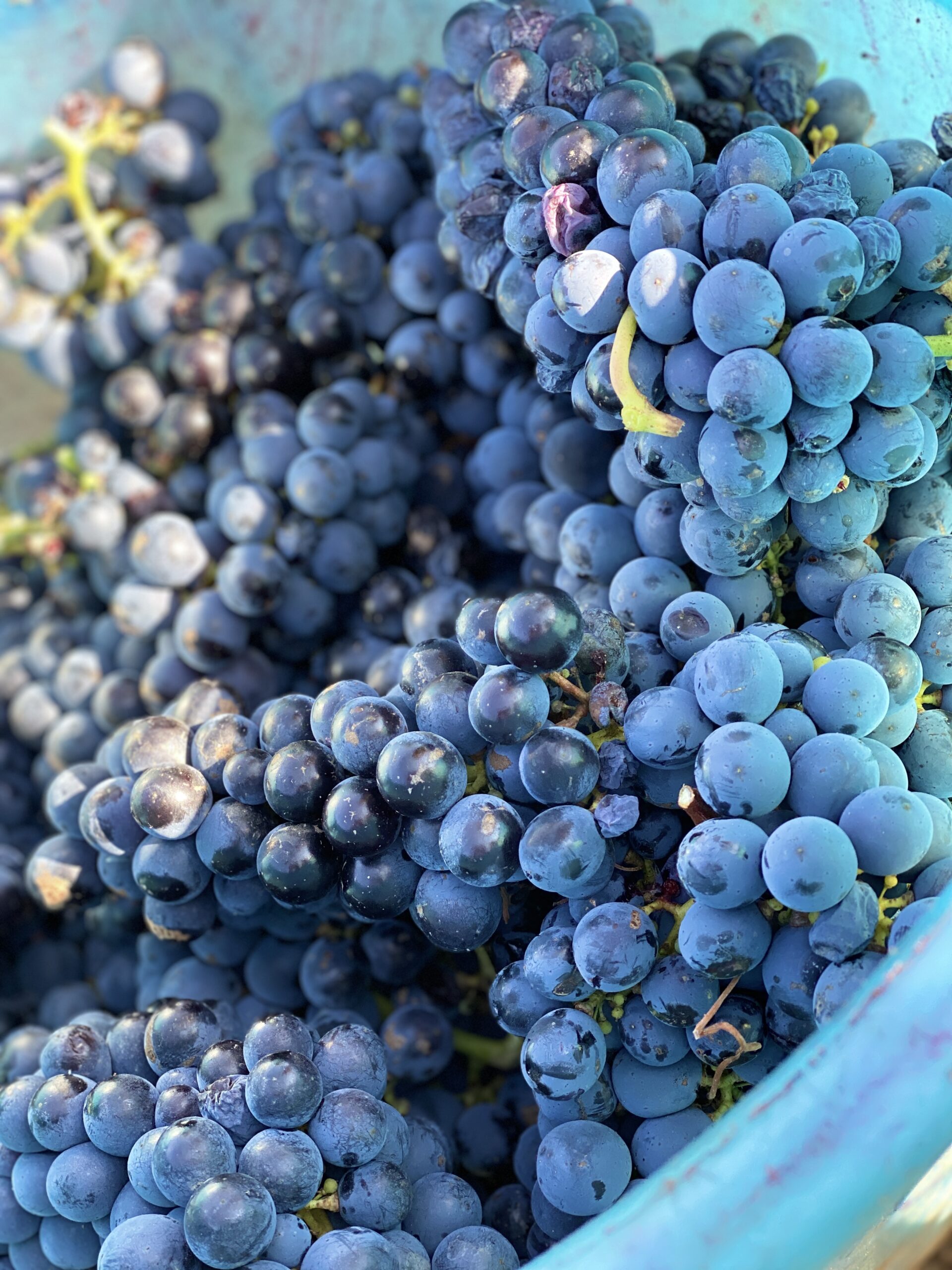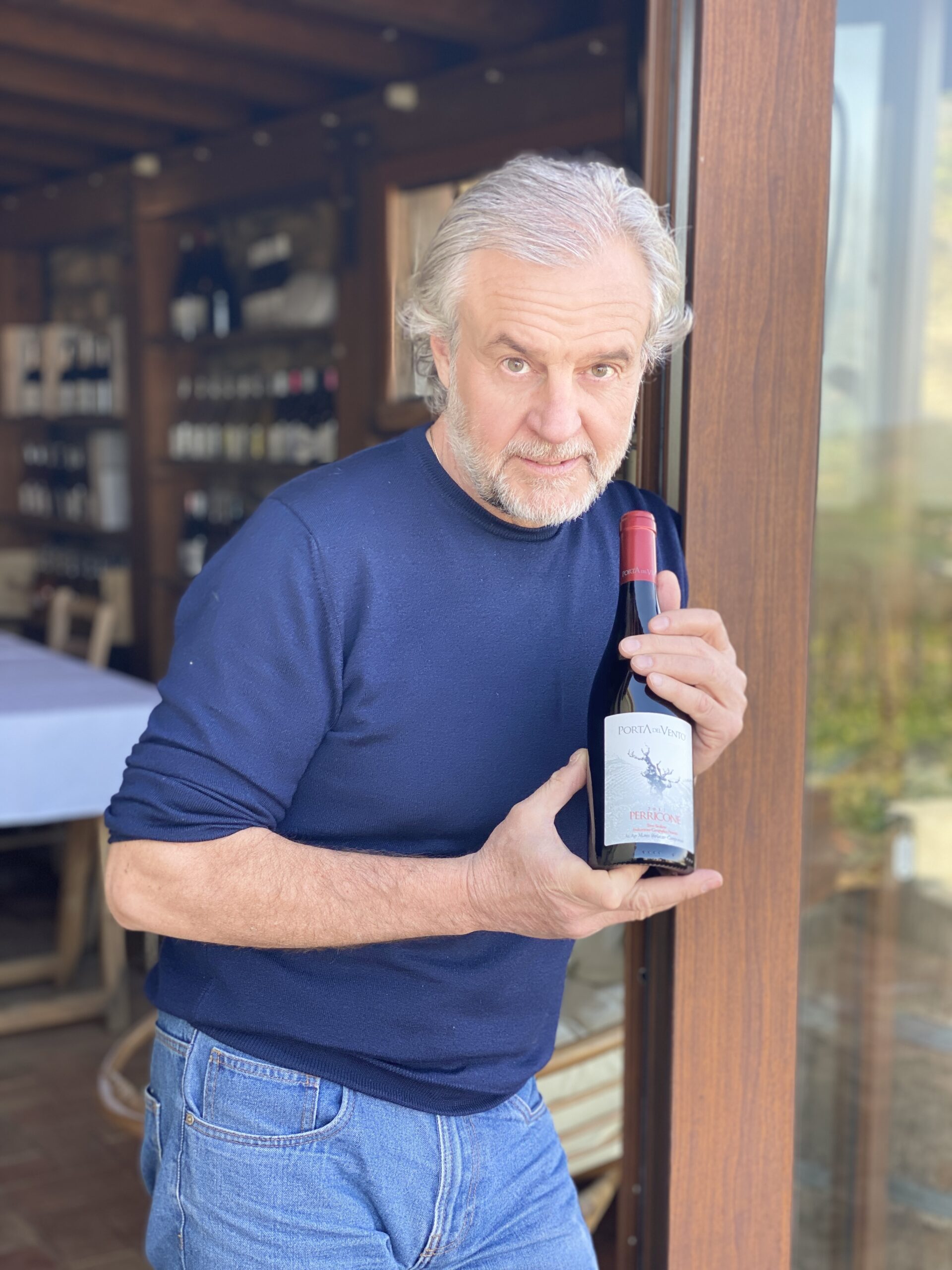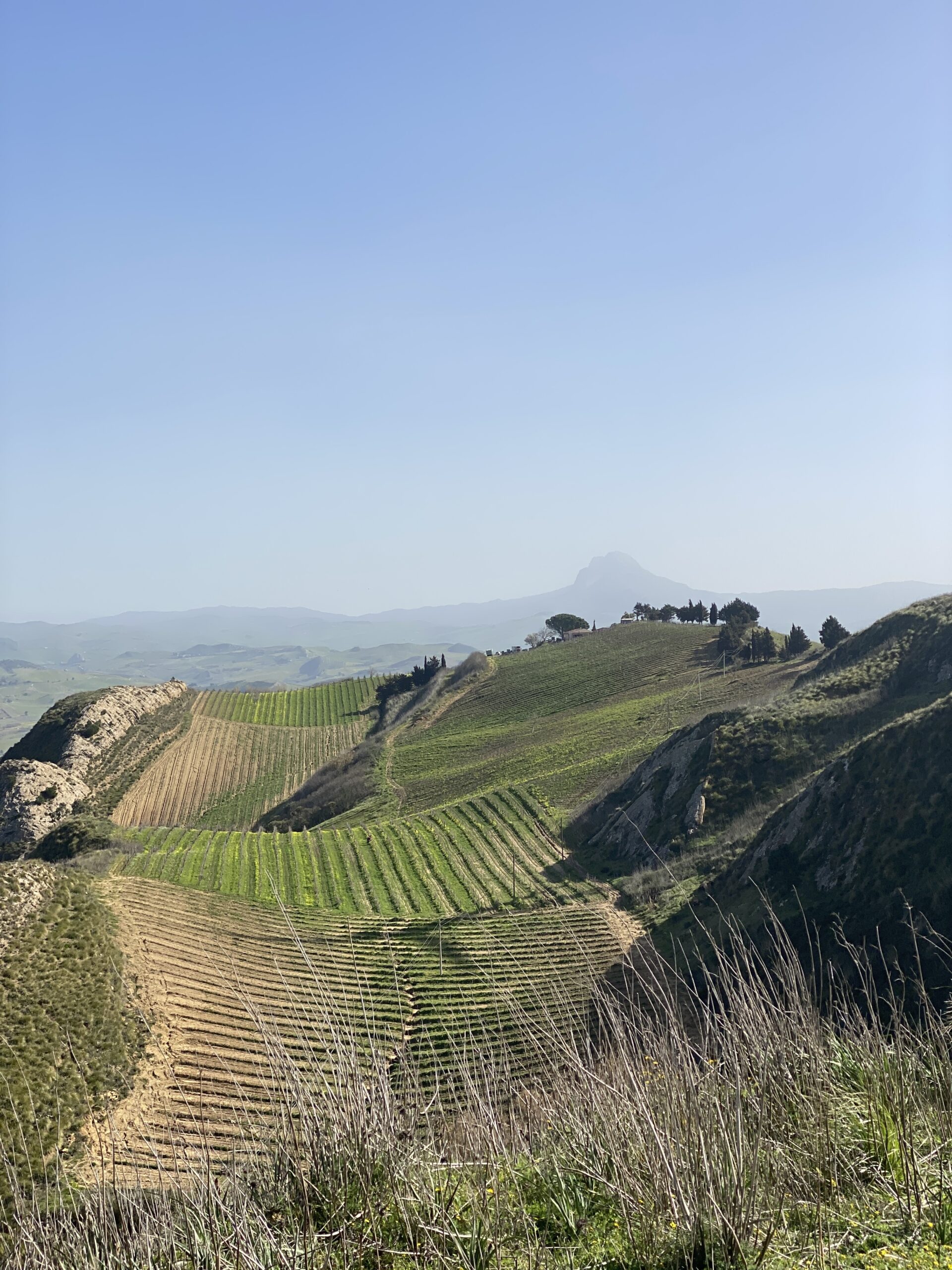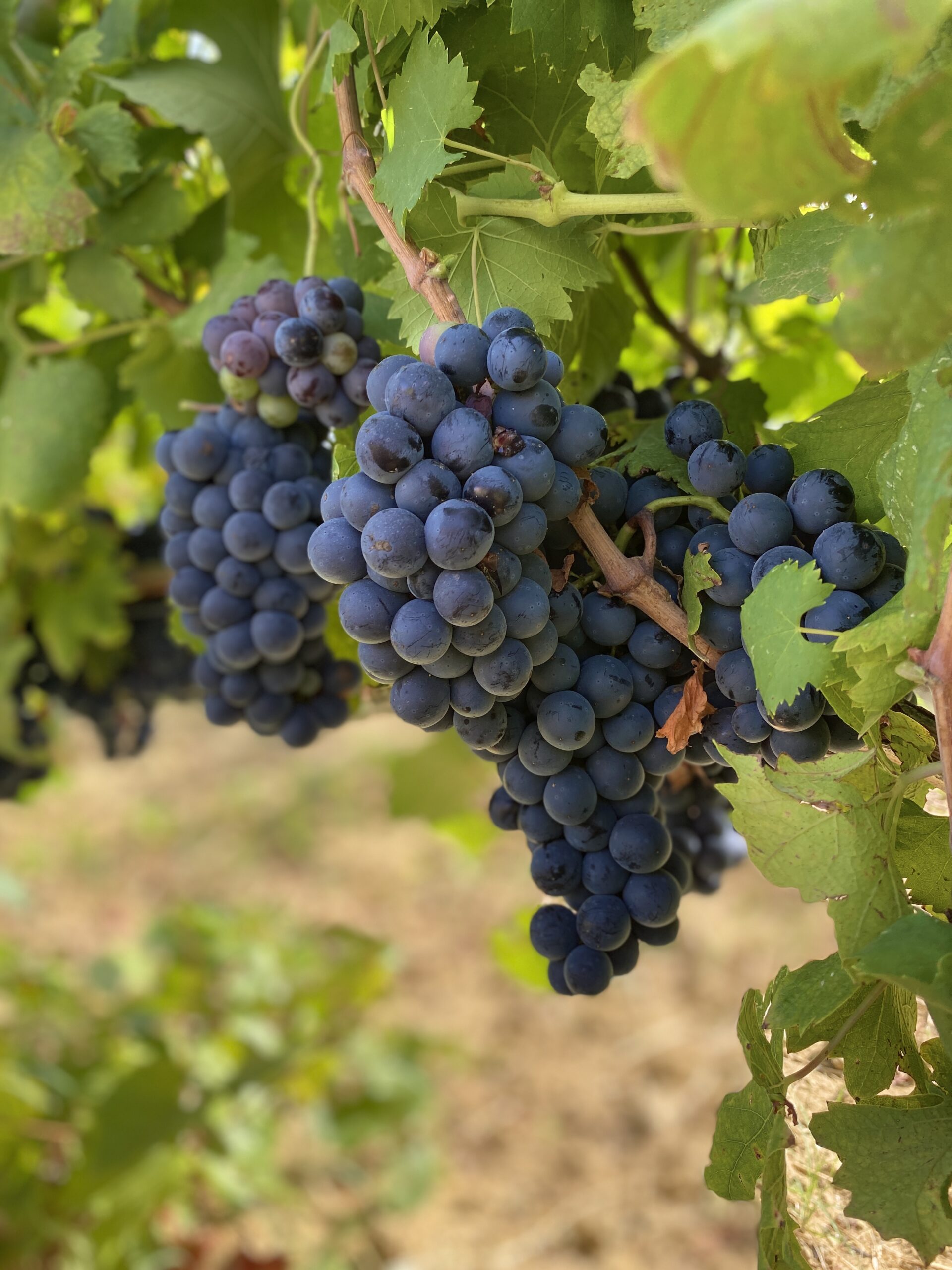Perricone, a native Sicilian grape variety that must be rediscovered
Helen
October 21, 2022
Perricone, a Sicilian native black grape variety of western Sicily, it has important historicity, nevertheless to this day few people are yet familiar with it.
A grape variety grown anciently in Sicily, also used for the production of Marsala Ruby and blended with other local and international grape varieties for the production of Sicilian red wine. However, it was abandoned because of its difficult management, late ripening, and gritty tannins. In fact, Perricone internally has four grape seeds and its difficulty in winemaking requires special attention at all stages of the process, from the vineyard to the bottle.
But to date, there are several wineries that do a beautiful job with this variety, bringing out some gorgeous Sicilian red wines by vinifying Perricone in purity. In my opinion, it is the best way of managing this variety to convey its place of belonging with rare and very identifiable olfactory organoleptic qualities. One of these Sicilian wineries is definitely the artisanal winery Porta del Vento.
A certified organic and biodynamic winery, founded in 2006 by winemaker Marco Sferlazzo. It is located in Camporeale, in the province of Palermo.
For years, Marco Sferlazzo has been committed to expressing Perricone, by experimenting with various winemaking methods. Each time with a specific goal for the particular declination. In other words, giving multiple faces to this fascinating Sicilian indigenous variety.
In fact, there are five unique Sicilian wines and even a Grapparosa in his wine portfolio, all made of Perricone.
Perricone 2019 Porta del Vento
This unique Sicilian red wine is born on the very windy hillside next to the winery at 600 meters above sea level, on steep slopes with north-south exposure. The soil is sandy with the important presence of sandstone rock. The grapes are harvested by hand around the first decade of October.
The wine undergoes spontaneous fermentation, maceration on the skins for eight days, and malolactic fermentation in cement. After that it ages in large neutral barrels for one year and six months in bottles before being released.




The color of the wine is bright ruby with light garnet hints.
As you have the way to perceive, apart from notes of wild cherry, black plum, juniper, and light spices, its dominant Matrix is balsamic! It veers from herbaceous hints to eucalyptus, wild mint, and thyme. The palate is medium-bodied with intense fruit and a return of balsamic hints, soft and fresh sip. The tannin is well integrated, and the finish is enveloping, and beautifully persistent, with freshness accompanying until the last sip.

